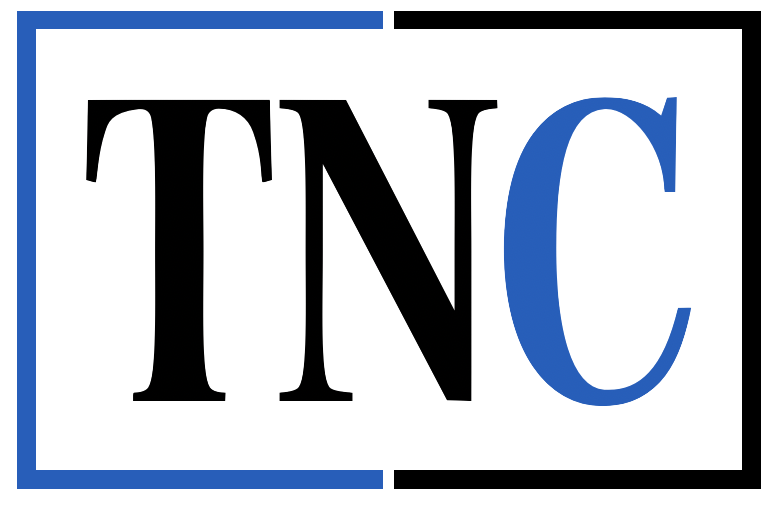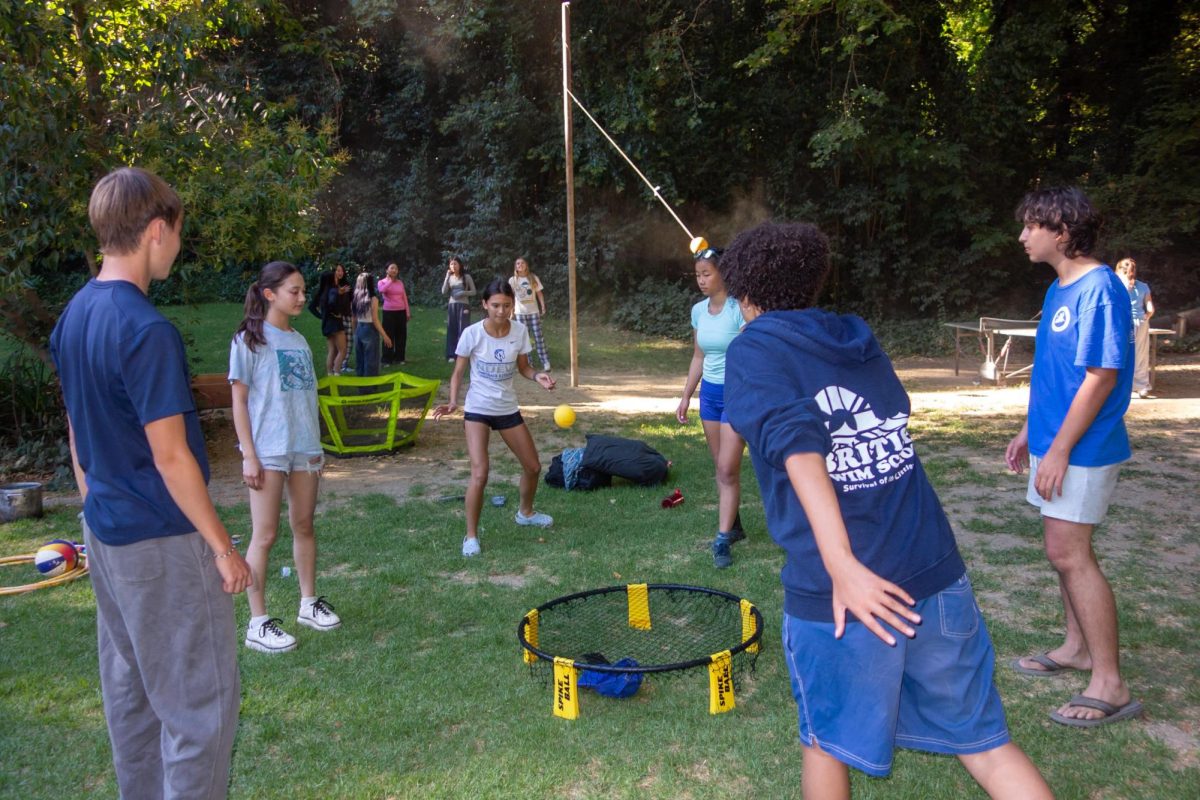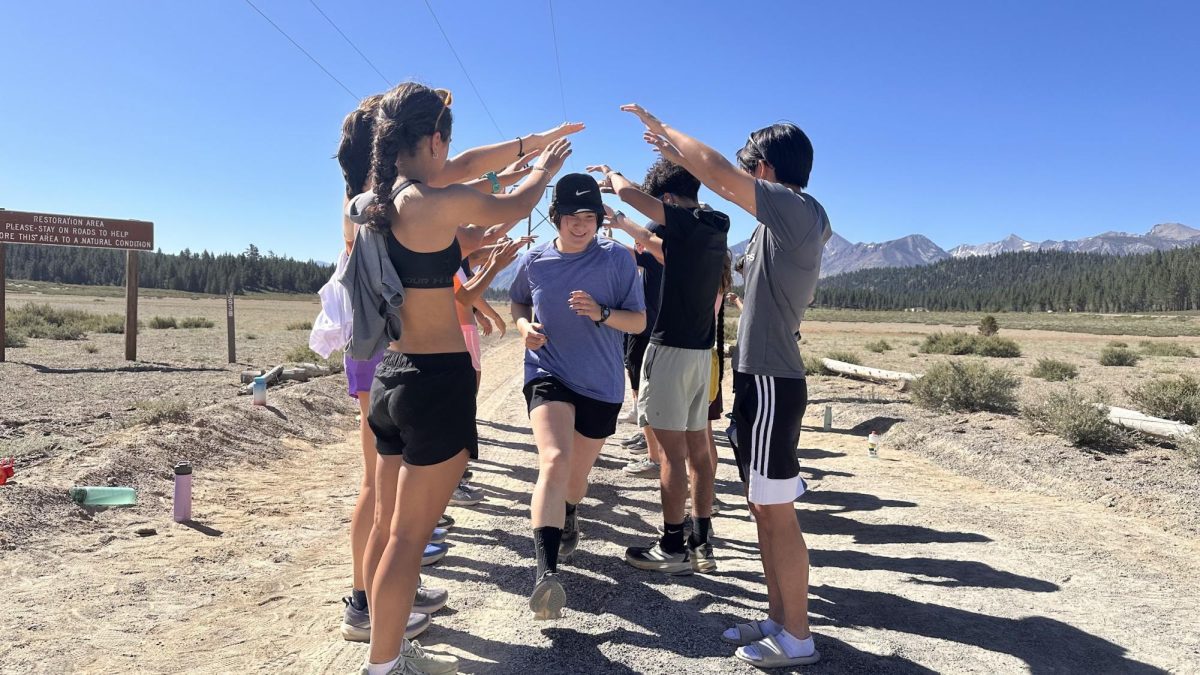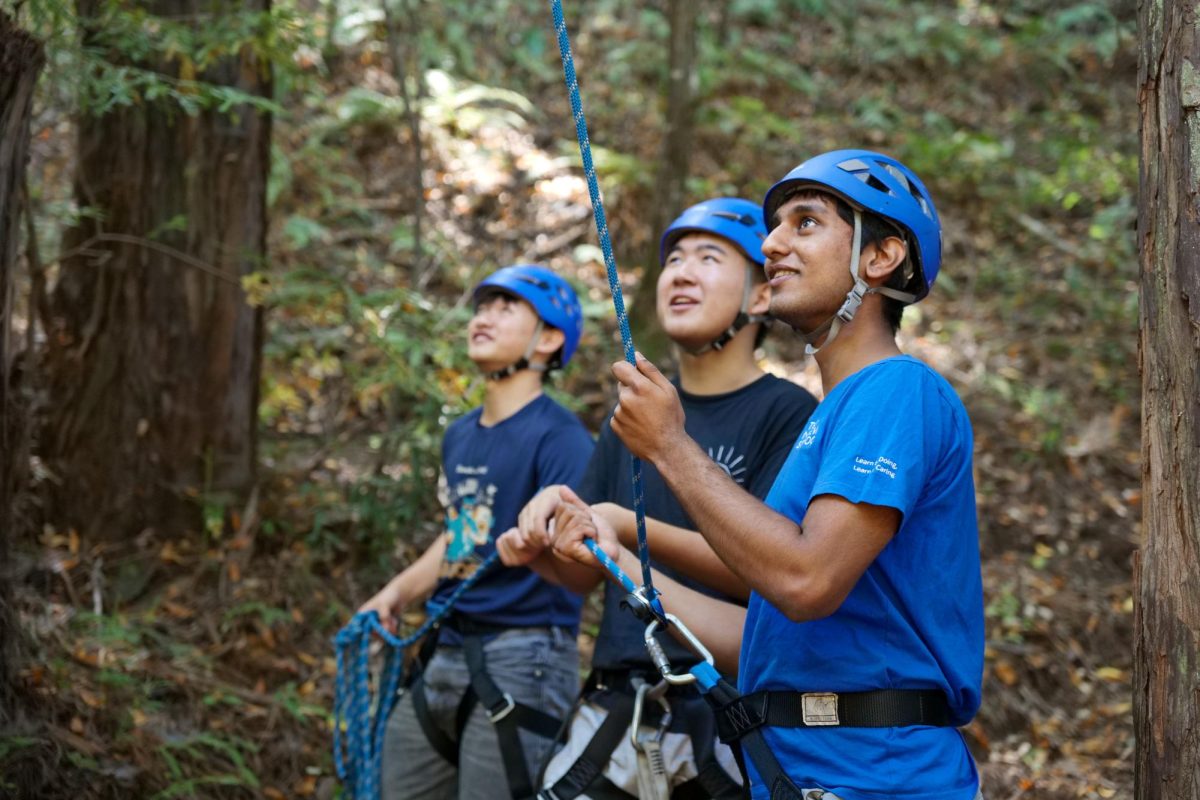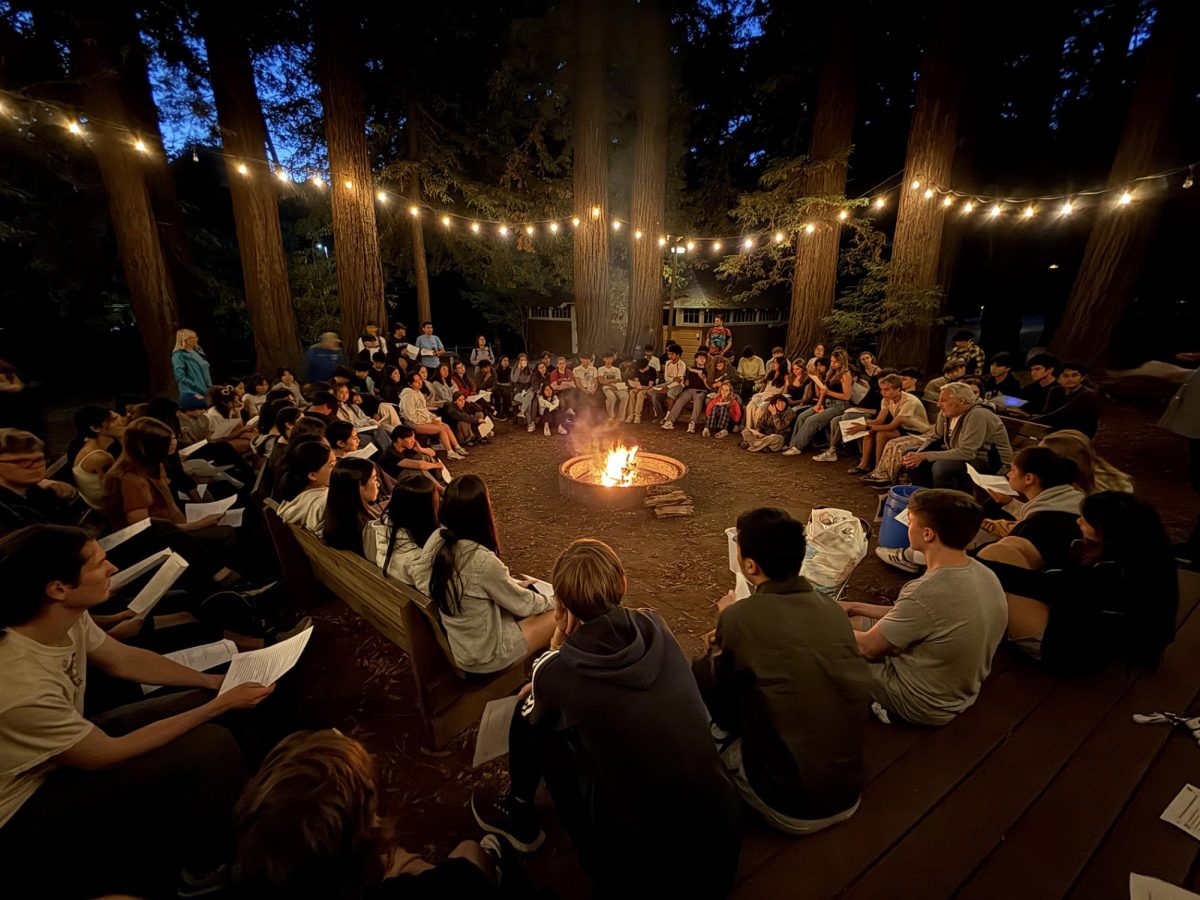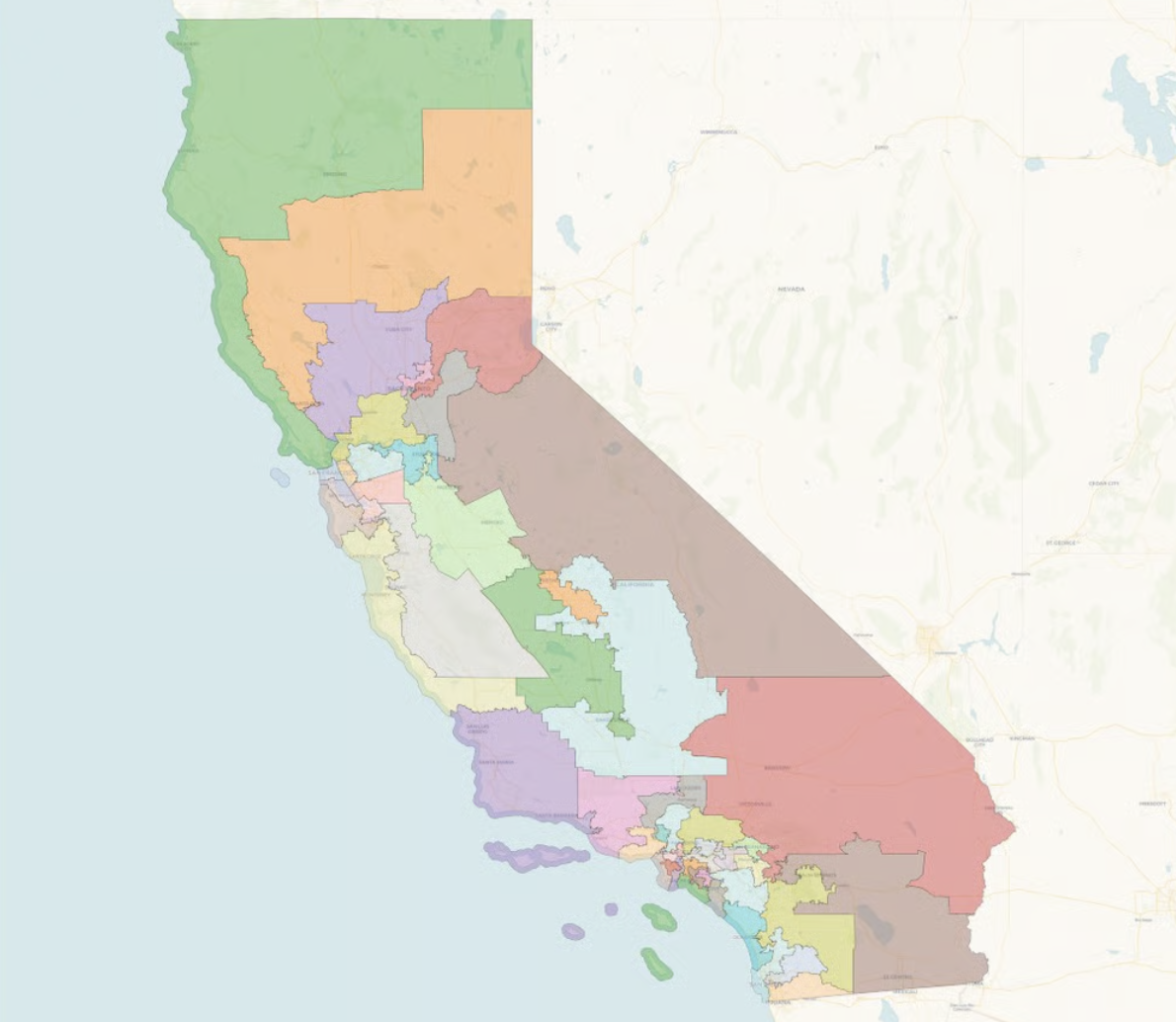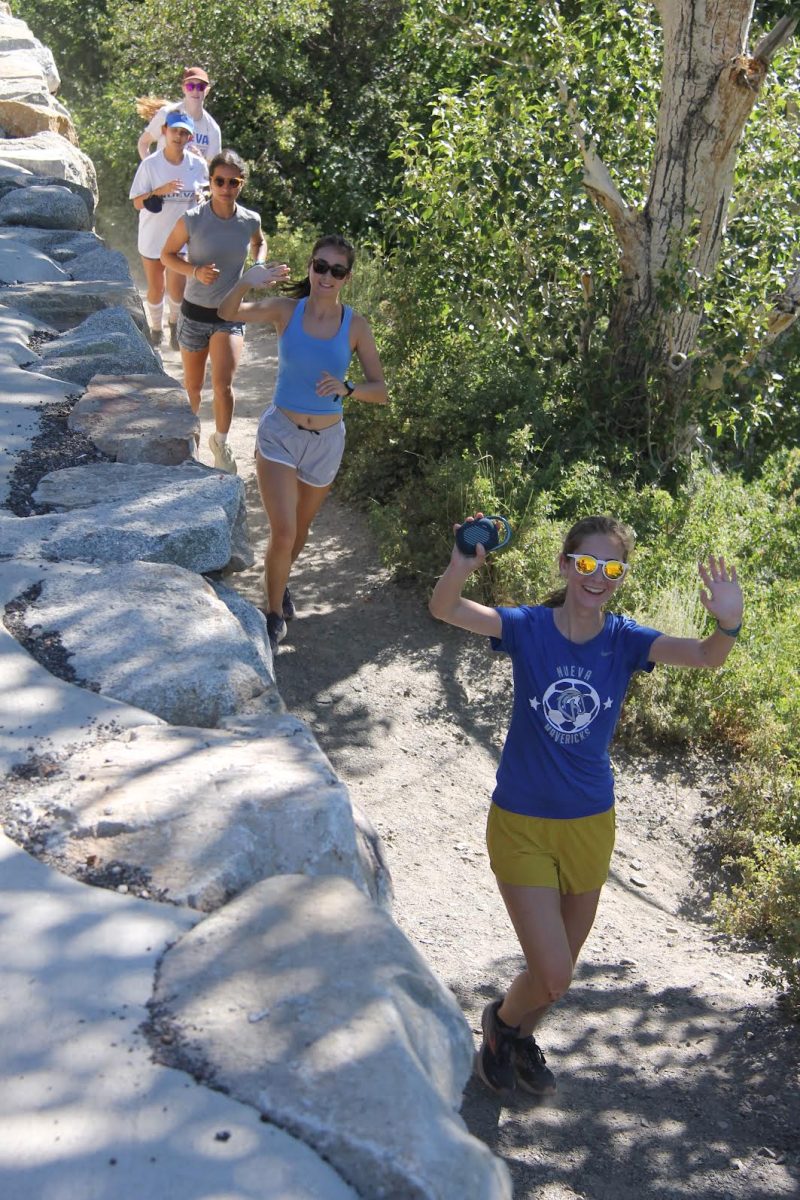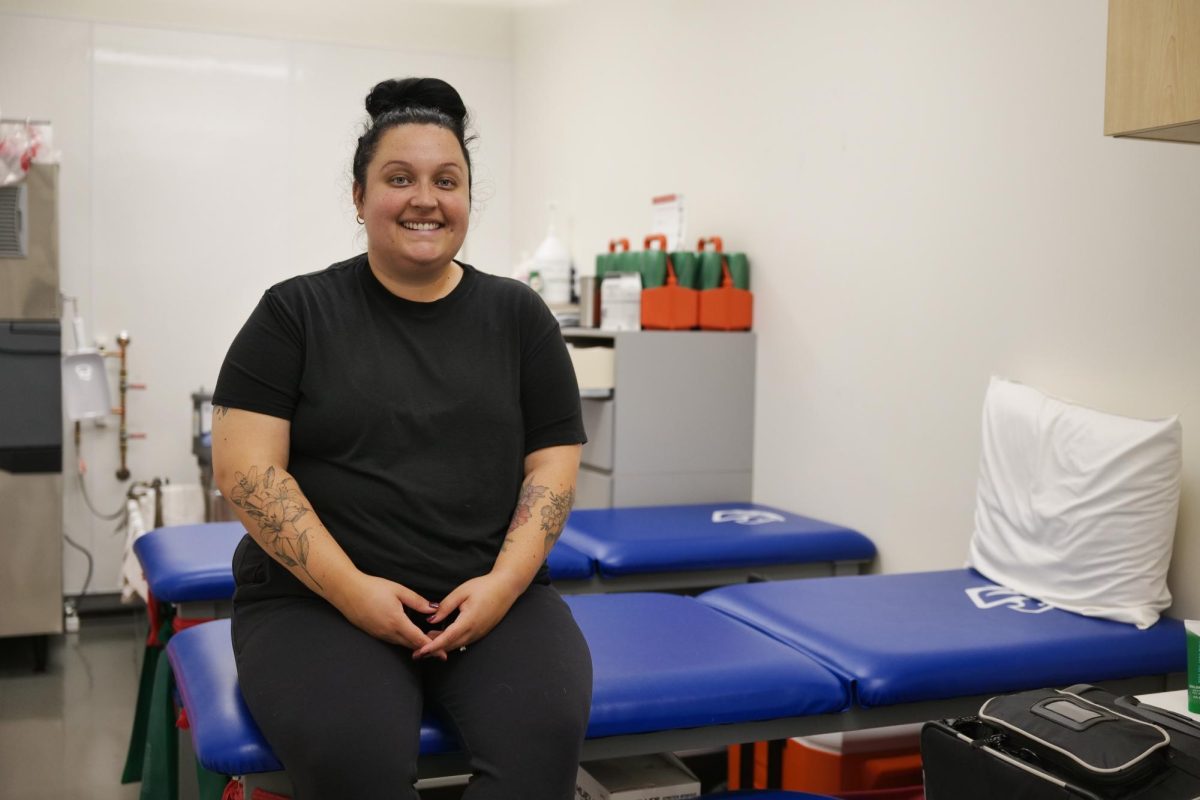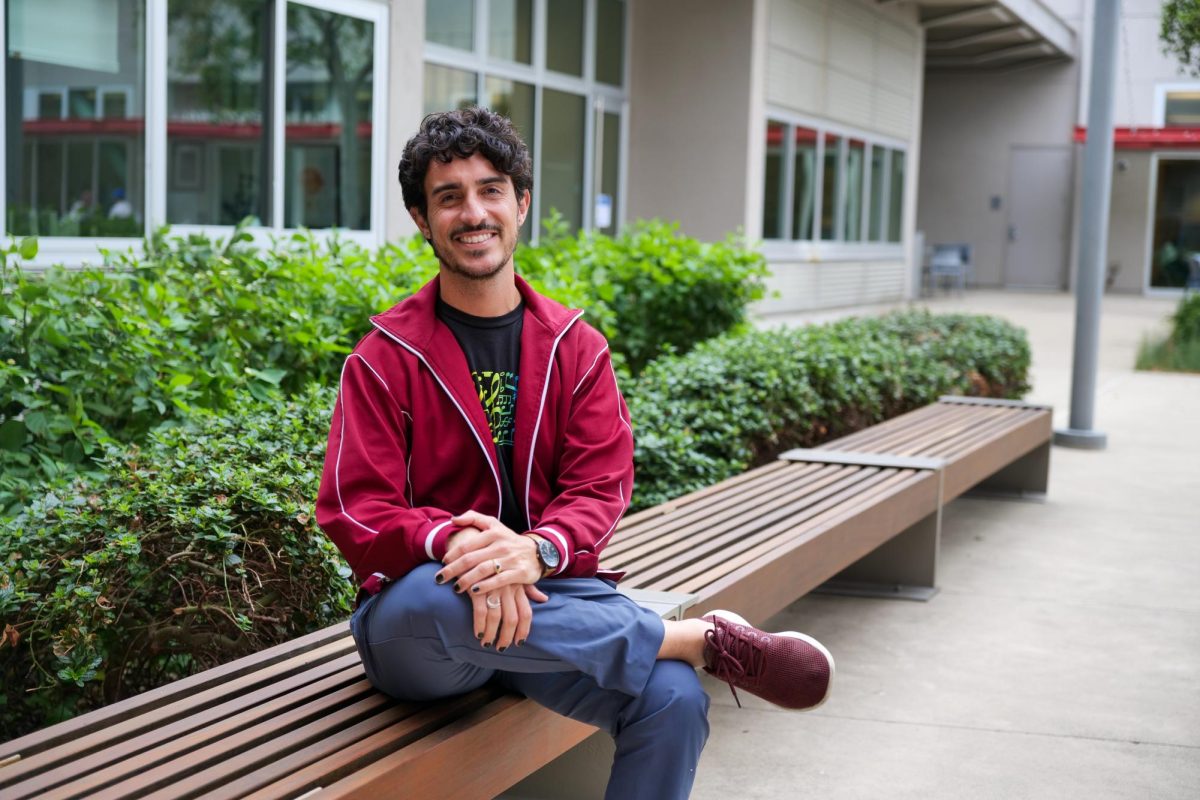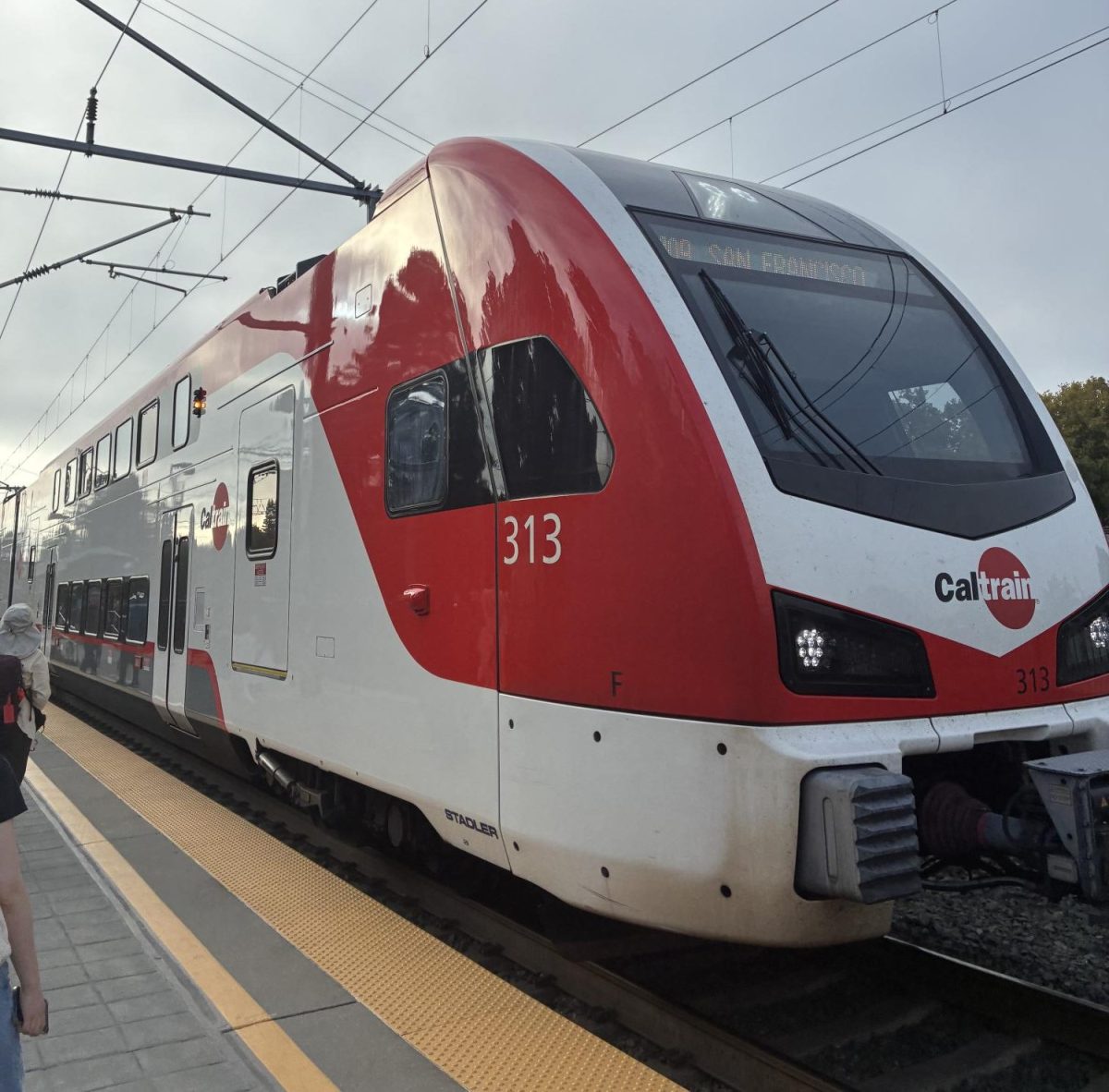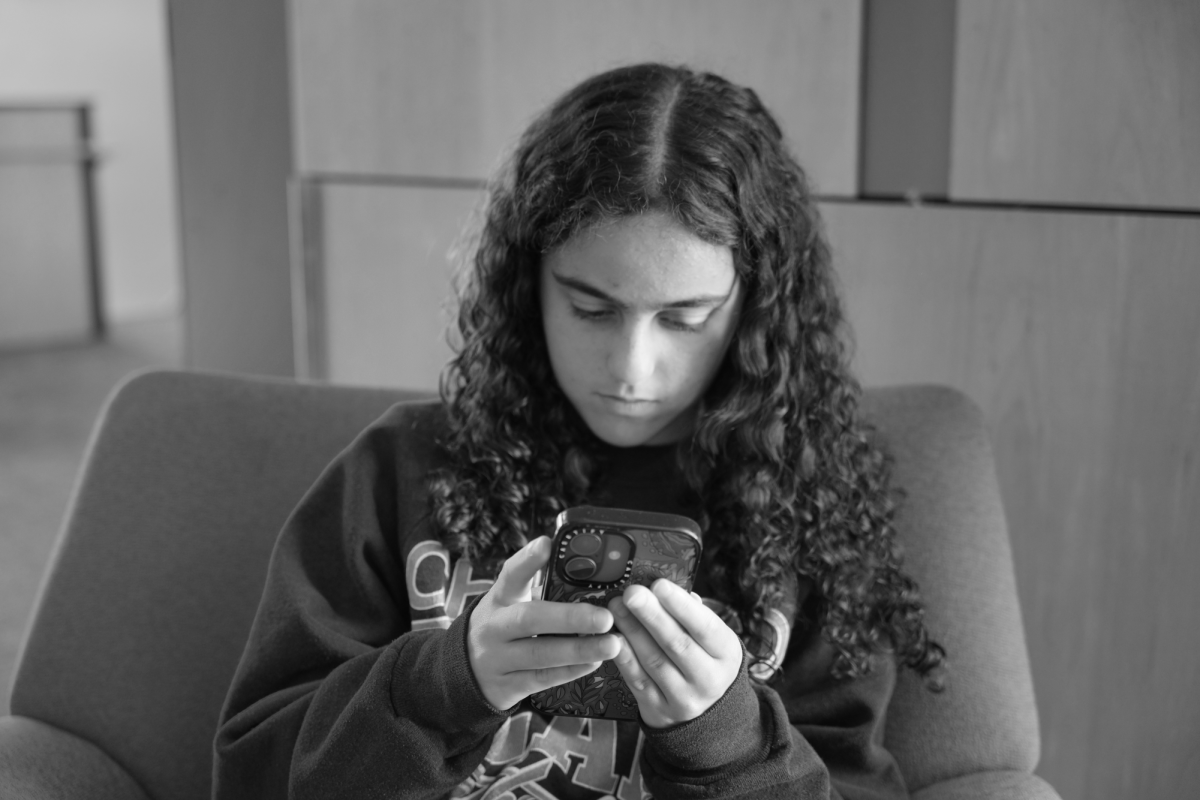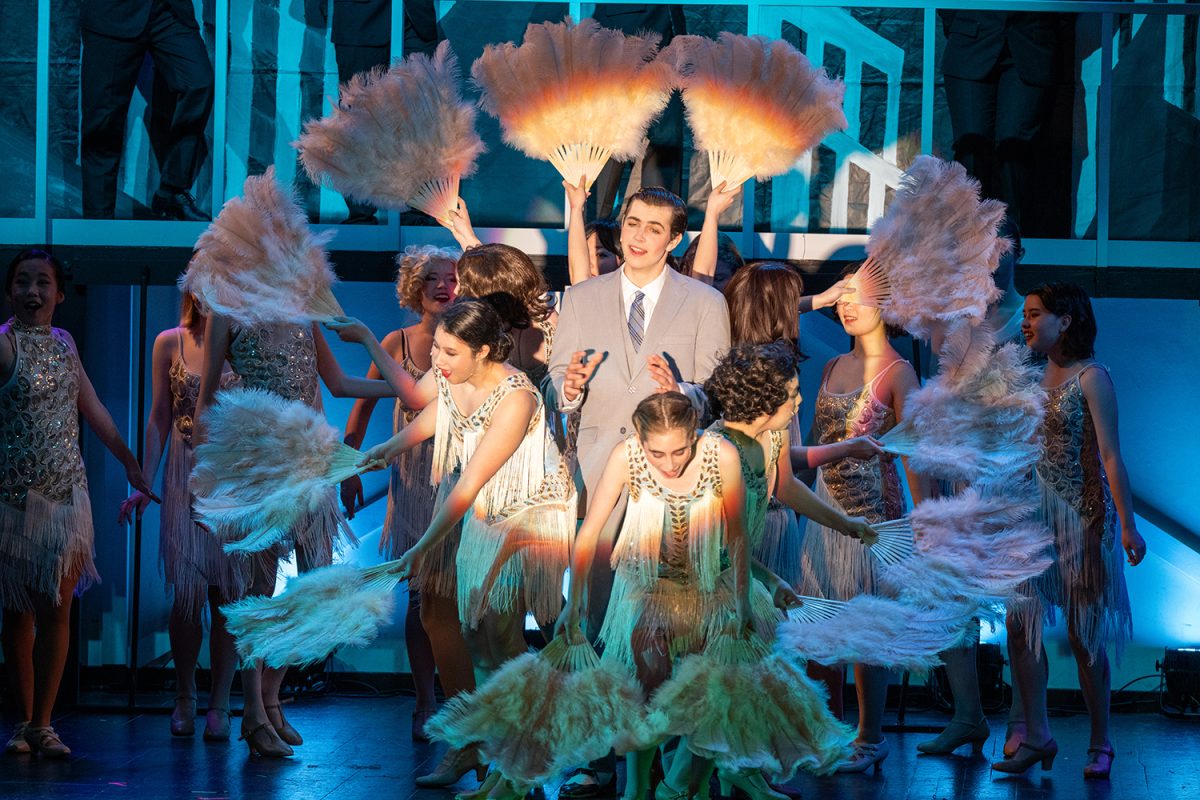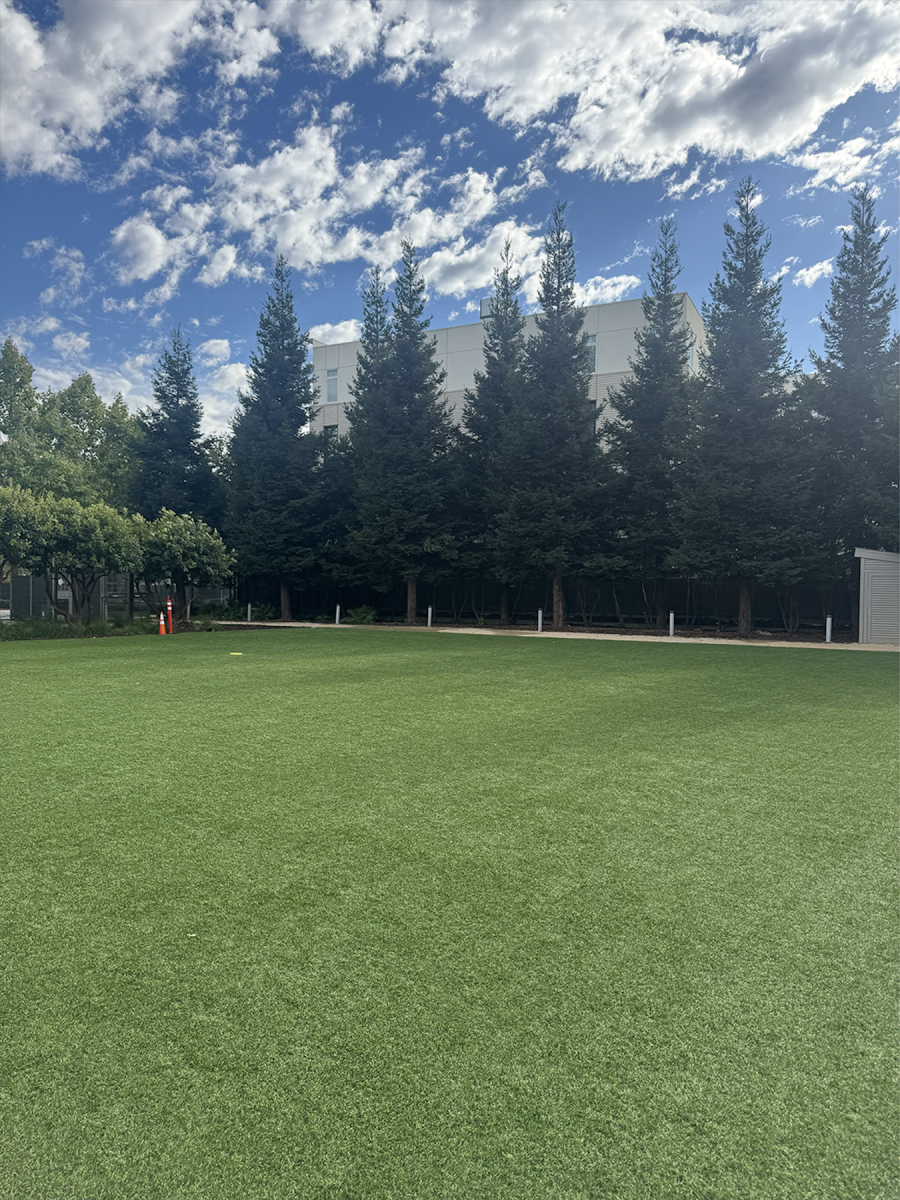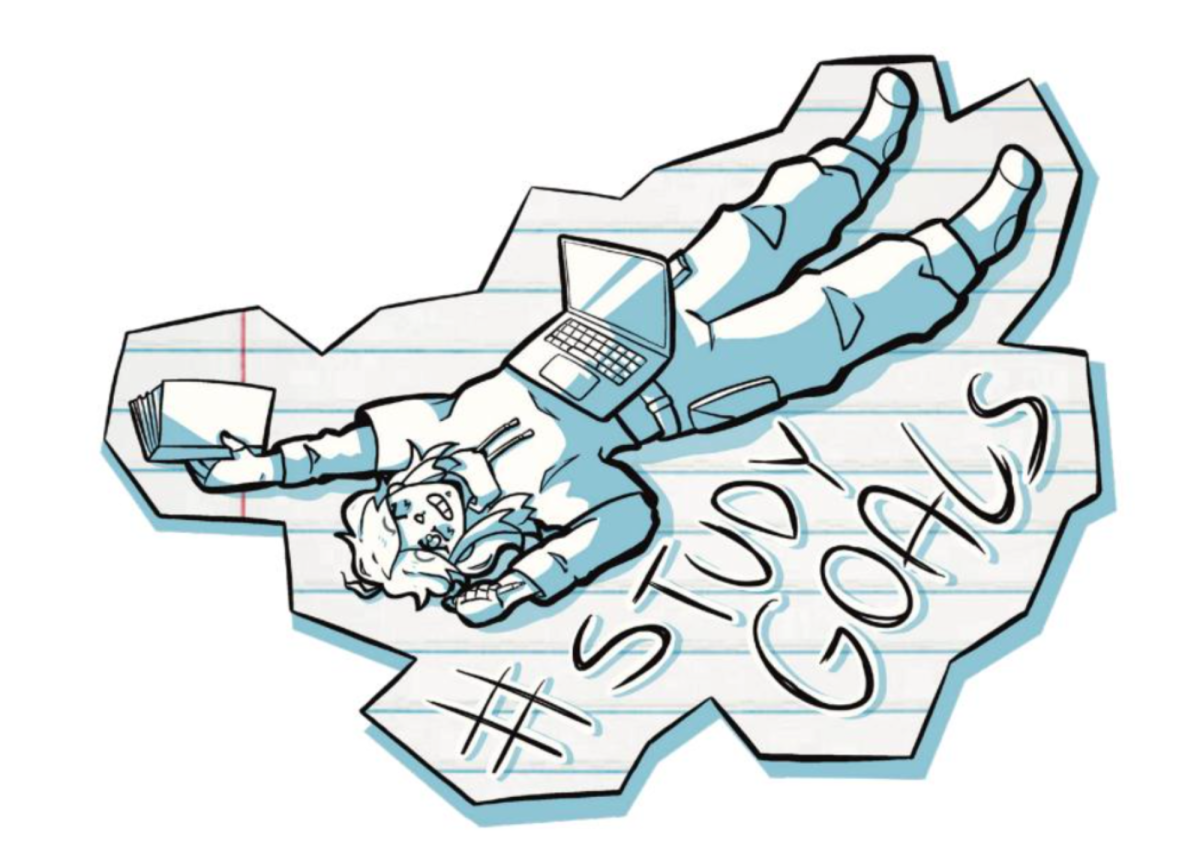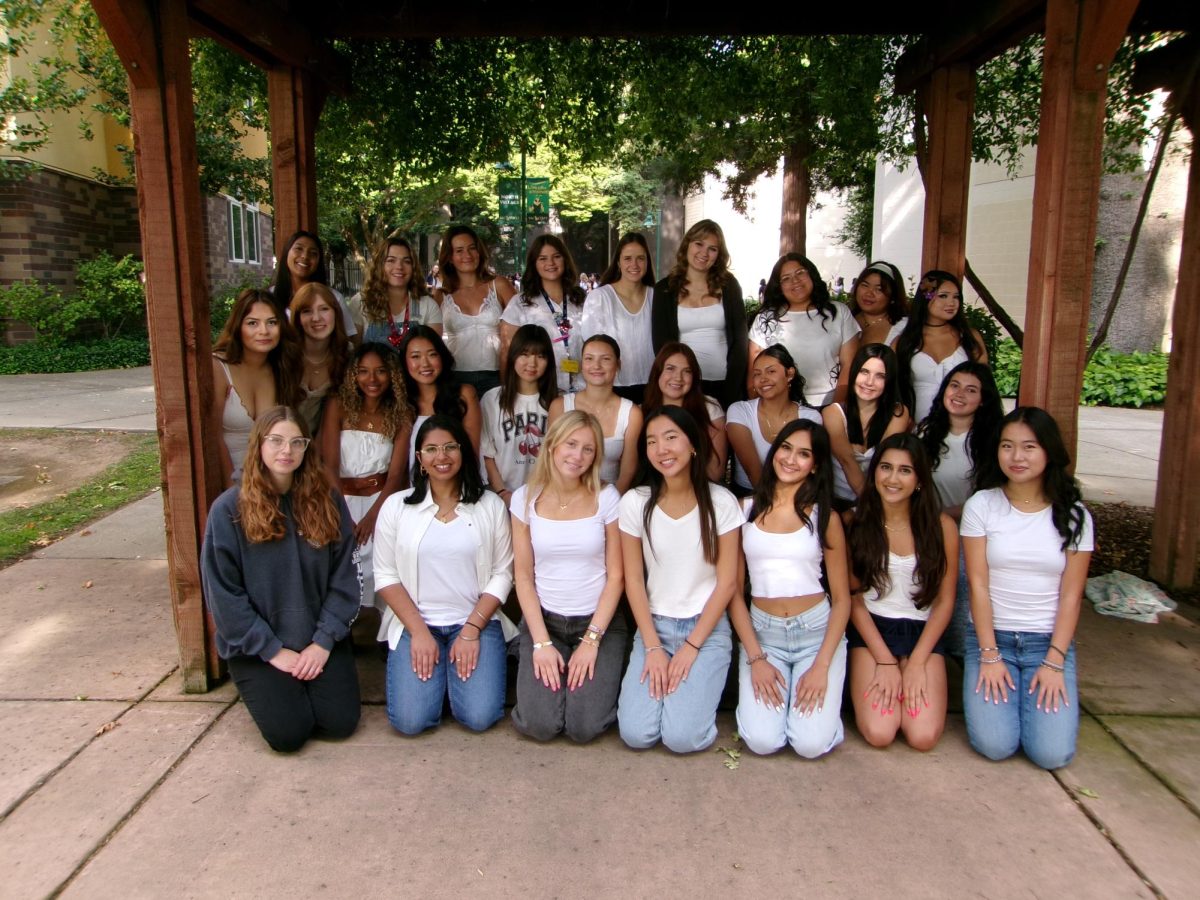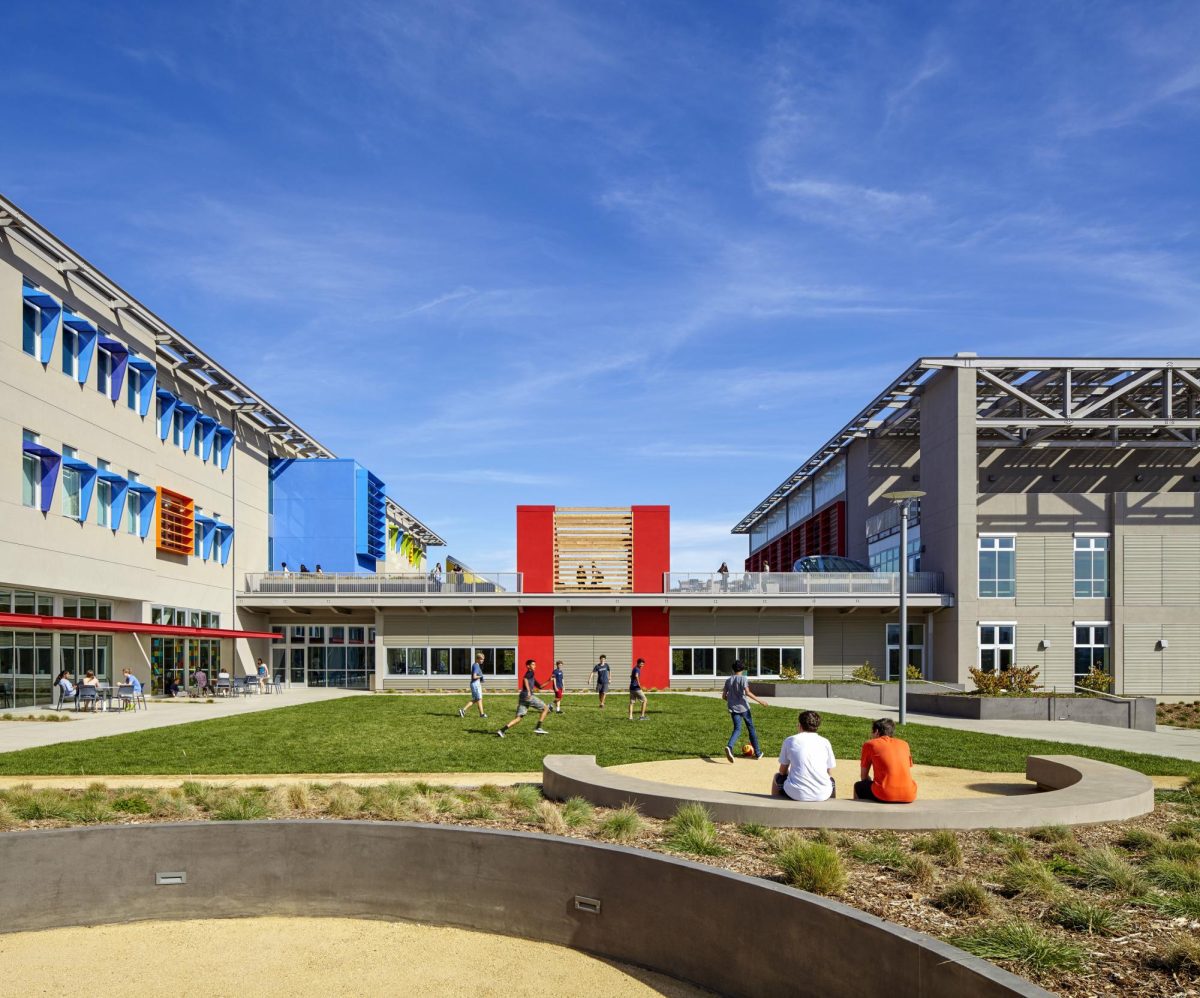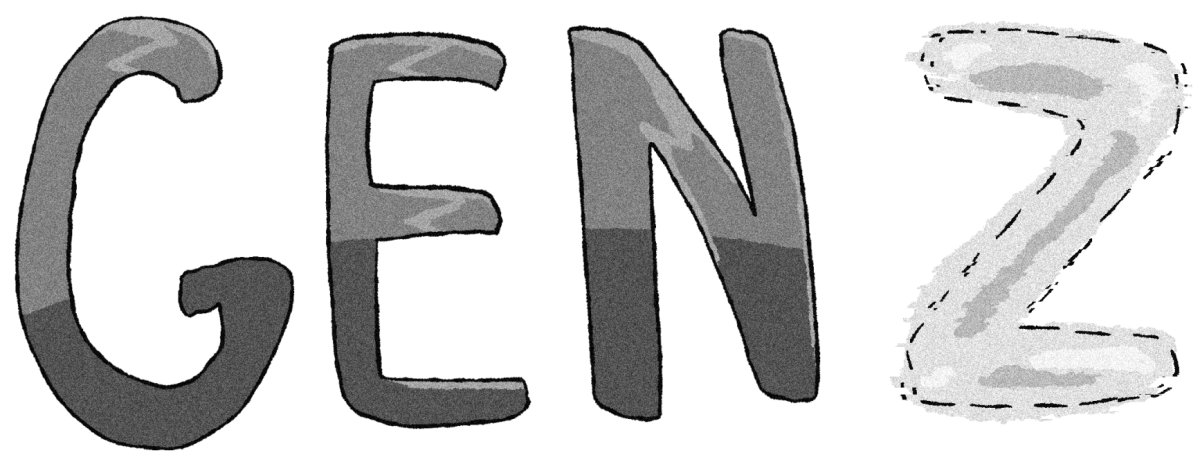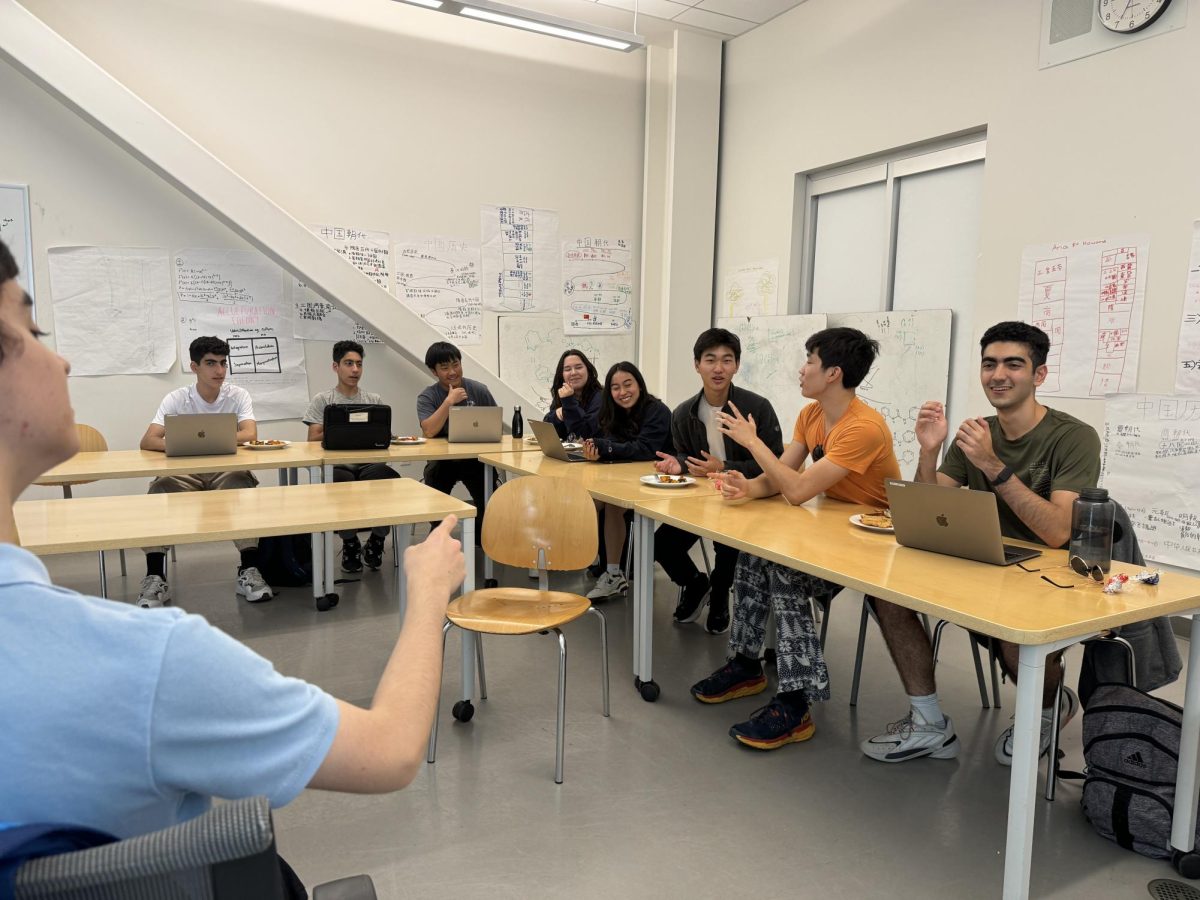
In the coming 2025–2026 school year, Nueva’s yearly tuition will see a 4.75% increase, as well as an added $400 in trip costs for the Upper School. That might not seem like much at first glance, but for families already budgeting for private school costs, the difference adds up. For the current 2024–2025 school year, Upper School tuition, which includes the cost of trips, totals $63,720. Going into 2026, that number will rise to $66,960—an increase of $3,240.
“The primary factors [driving tuition] are the increase in CPI (consumer price index) and other market forces, especially in the Bay Area,” said Brett Dyer, Nueva’s Director of Finance and Administration. While the Bay Area’s average inflation rate as of February 2025 remains on par with the national average of 2.8%, the cost of living has risen dramatically. This has become a major issue for Nueva’s personnel and staff, who account for nearly 64% of school spending across both campuses.

“The school is looking to make sure that it is appropriately compensating its faculty and staff,” Dyer explained. “Because we don’t receive any funds from anywhere else—like any government agencies or grants—the source of our funds is the parent community, mostly through tuition.”
Nueva prides itself on its low teacher-to-student ratio of 6:1, ensuring that every student gets the support they need to thrive both academically and socially. In order to retain these teachers, it’s crucial that they are compensated fairly and competitively.
But beyond maintaining strong staff salaries, there are other financial needs at play: operational costs, technology investments, and maintaining campus facilities. Additionally, Nueva’s financial assistance program has seen significant increases over the past few years: 7.2 million dollars in financial assistance were awarded schoolwide during the 2023–2024 school year, up from the 5 million distributed during the 2019–2020 season.
Nueva has had a history of increasing tuition to meet the school’s needs and developments. In the pre-pandemic 2018–2019 year, tuition (excluding trips) rose by 6.6%, followed by annual increases ranging between 3–4.5% over the next six years. So while the upcoming 4.75% hike isn’t the steepest in the school’s history, it marks a gradual return to higher rates of increase. The additional $400 for trip costs also signals a break from the past seven years, during which trip costs remained the same.


Juggling these tuition increases with financial sustainability and socioeconomic diversity has been a tricky balancing act, however.
“The school strives to make sure that we raise tuition enough for this year, as well as being sustainable in the future,” Dyer explains.
In recent years, the school has worked to strengthen its endowment, providing more long-term financial stability. Fundraising and donations also help lighten the load, but tuition remains the school’s financial backbone. To keep things running smoothly, new budgeting strategies—like stricter expense approvals—have been put in place to ensure every dollar is well spent.
As the cost of living continues to rise in the Bay Area, more tuition increases are in the books. Just how steep they’ll be, though, will depend on the economic landscape. In the meantime, families can expect ongoing discussions about financial planning, tuition trends, and how to keep the school accessible.
